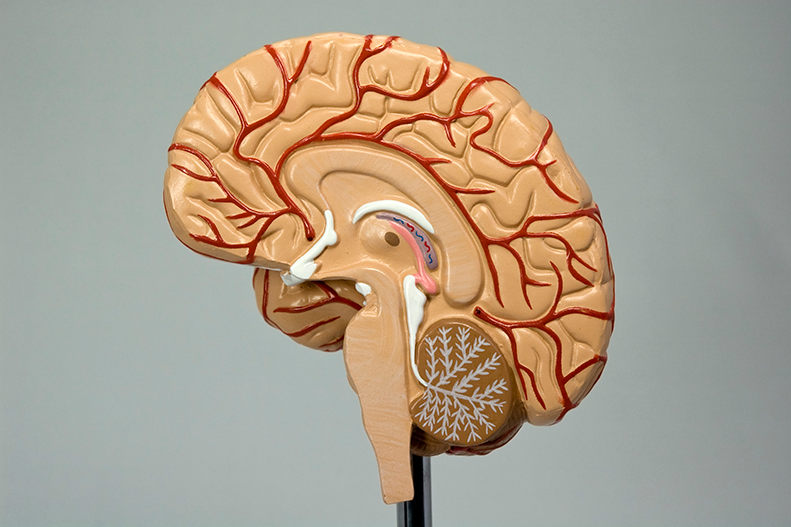You’re alive. You’re breathing. Your heart is beating. That’s more than just good news for you; it means that your brain stem is functioning as it should. Considered the oldest and most primitive part of the brain, this highly developed area not only keeps you standing on two feet, it also acts as a connection between the brain and the rest of the body, directing signals sent from the cerebrum (the largest and most highly developed area of the brain) to the spinal cord.
As with most areas of the brain, the brain stem consists of individual components. Each with different functions and responsibilities. So, let’s take a look at the different areas of the brain stem, and how they act together to support our most basic functions of life.
Never Miss a Beat!
Subscribe to Our HealthBeat Newsletter!
Thank you for subscribing!
You can now select the specific newsletters you'd like to receive.
You are already subscribed.
Subscribe to more newsletters in our email preference center.
Sorry, an error occurred. Please try again later.
Get Healthy Tips Sent to Your Phone!
Medulla Oblongata
You’ve most likely heard of this part of the brain at some point in your life. Hopefully, you heard about it from a biology class and not a cheesy movie. Either way, the medulla oblongata plays a vital role in the functions of the brain stem. It regulates breathing, blood pressure, heartbeat, digestion, and sleep cycles. This structure is also responsible for reflexes of the face and throat, such as coughing, sneezing, gagging, and blinking.
Pons
The pons is a located between the medulla oblongata and the midbrain, which we will get to shortly. It’s made of mostly large bundles of nerve fibers that connect each side of the cerebellum (an area of the brain that plays an important role in motor control) to the opposite cerebral hemisphere. If that sounds confusing, just remember that our left brain hemisphere controls the right side of our body, and vice versa.
Midbrain
The midbrain is located above the pons, in the upper area of the brainstem. This area is responsible for assistance in voluntary movement, visual and auditory reflexes, and consciousness. And the lower area of the midbrain relays information about pain and temperature. So the next time you take a sip of coffee that’s a bit too hot, it’s your midbrain telling you to spit it out all over your car.
Interested in learning more about the fascinating workings of your brain? Stay tuned for more installments of our Get to Know Your Brain series. Or visit the UPMC Department of Neurosurgery online to learn more about the latest in the field of brain mapping tests, therapy, and procedures.
About Neurosurgery
The UPMC Department of Neurosurgery is the largest academic neurosurgical provider in the United States. We treat conditions of the brain, skull base, spine, and nerves, including the most complex disorders. We perform more than 11,000 procedures each year, making our team one of the most experienced in the world. Whether your condition requires surgery or not, we strive to provide the most advanced, complete care possible. Our surgeons are developing new techniques and tools, including minimally invasive treatments. Find an expert near you.
